CAGAYAN DE ORO CITY, March 8, 2023 – During its FY 2022 Year-end Assessment, the Special Area for Agricultural Development (SAAD) Program of the Department of Agriculture (DA) officially closed out its Phase 1 implementation in Northern Mindanao on February 8-10. As transpired during the evaluation, a total of 3,086 individual farmers and 83 farmers’ cooperatives and associations (FCAs) assisted will be endorsed to appropriate government agencies for the farmers to access continued agricultural support.
In the assessment, partner Local Government Units (LGUs) presented the status of SAAD projects implemented in their localities highlighting accomplishments of the program, and measures that were taken to counter challenges met. Most livelihood projects are gradually transitioning to income-generating activities for the beneficiaries by delivering agricultural services in their community using SAAD-funded machinery and equipment. Some beneficiaries supplement their income by selling swine, chicken eggs, and vegetables. Other recipients continue to raise the cattle and goats granted to them by SAAD for future farm use.
The LGUs also laid out sustainability plans for the continuity of SAAD projects after Phase 1 closure. They committed to continue monitoring the beneficiaries to check on their SAAD project management, and refer them to other DA programs, agencies, bureaus, and other national government agencies for continued assistance.
Lana May Racines of SAAD-10 urged the LGUs to monitor and appeal for continuous assistance for the SAAD beneficiaries and guide them in handling and improving their projects for optimal impact on the farmers’ livelihood.
“We should never stop helping our beneficiaries. As we end SAAD Phase 1, we can link and endorse our FCAs to other programs of the DA and other government agencies to channel continued support,” she said.
DA Region 10 OIC-Regional Executive Director, Carlene C. Collado encouraged the LGUs to take advantage of other DA programs for alignment to their proposed enterprise under SAAD.
“You should upscale your projects with SAAD by proposing complementing projects with other DA programs. SAAD can provide start-up enterprise projects, but you can propose for hauling vehicles, processing facilities, and infrastructure projects to other DA programs for a full-scale enterprise,” Dir. Collado advised.
A total of 3,086 individual farmers in 30 municipalities with high poverty incidence from the provinces of Bukidnon, Lanao del Norte, and Misamis Occidental graduated from SAAD Phase 1 in 2022. The program started in 2017 and was able to establish community-based enterprises (CBE) in strawberry and livestock production.
This means that the projects provided to the farmers reached an income-generating status but need to be supported thoroughly for continued operations and success. These CBEs now offer products such as strawberry and cattle. Some assistance seen for its sustainability includes postharvest inputs, value-adding materials, continuous special training, and most importantly, market linkages.
Faithful to its promise, SAAD through these projects and CBEs established and managed by its beneficiaries, farmers are able to provide food on their table and the marginalized rural community members are able to access fresh and locally produced agricultural products. This is noteworthy as SAAD areas lack infrastructure and access roads hindering farmers’ gain to better prices and broader reach for their products.
As Phase 2 transpires this year, 26 municipalities identified under the 5th and 6th income classes in Misamis Occidental, Lanao del Norte, Misamis Oriental, and Camiguin will be implementing SAAD for 6 years from 2023 to 2028.
SAAD NorMin targets 26 FCAs with 650 members from the said provinces. In coordination with the LGUs, the first quarter of 2023 is dedicated to social preparation where FCAs will undergo an intensive Beneficiary Needs Assessment (BNA) to carefully identify projects suited to the farmers groups and their communities. ###
Writer: Azbie Talib, RAFIS 10 Staff

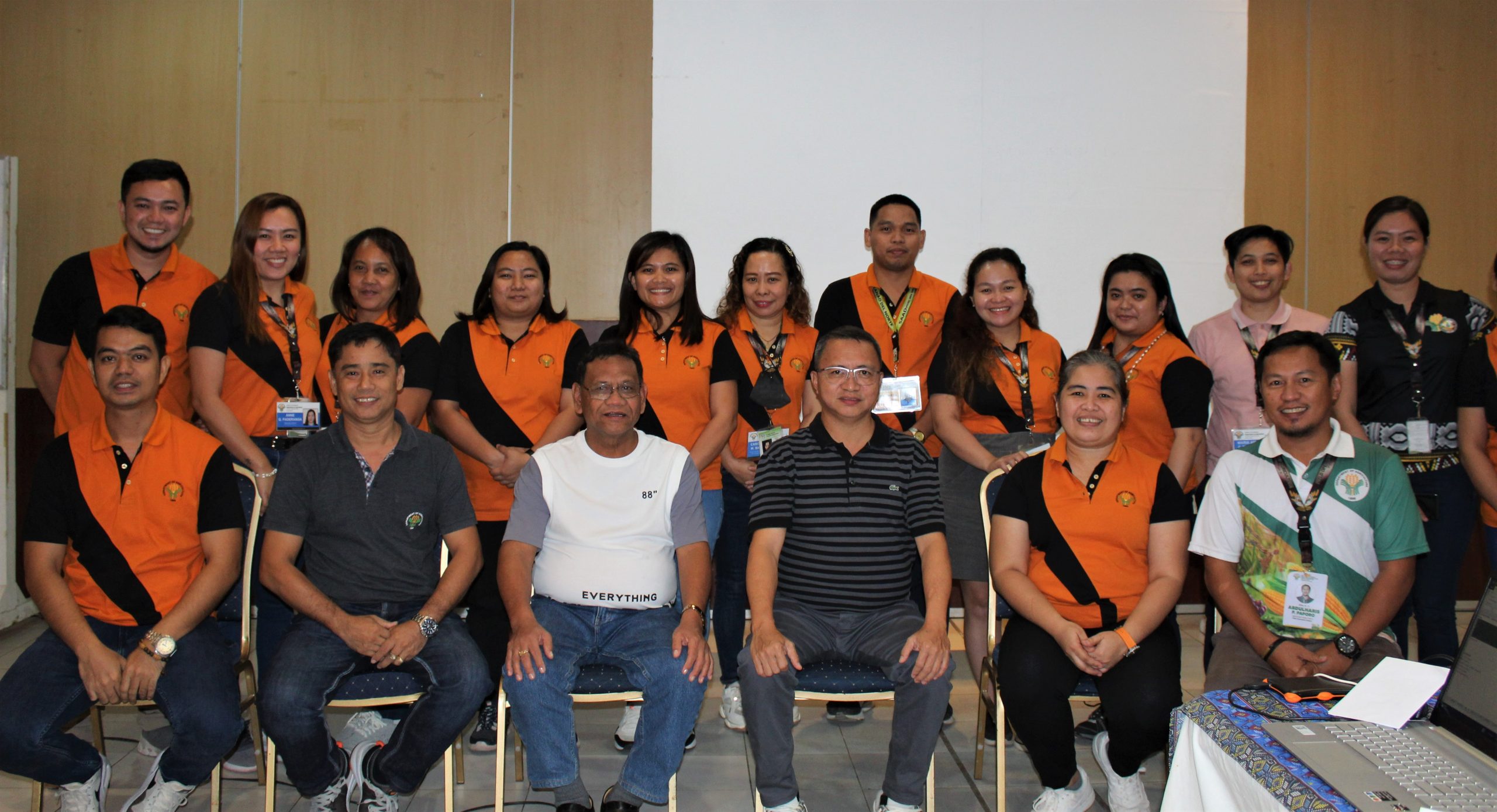
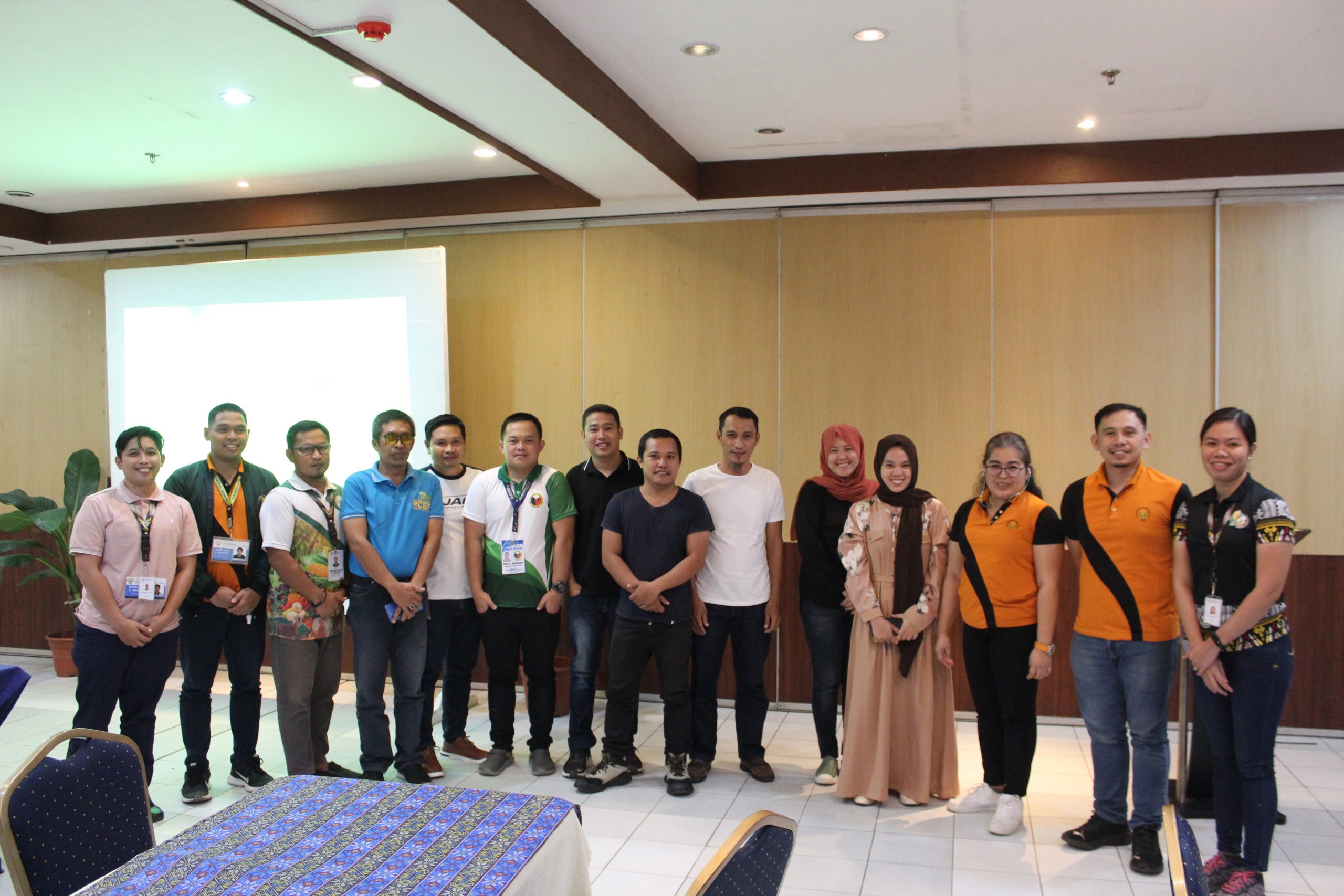
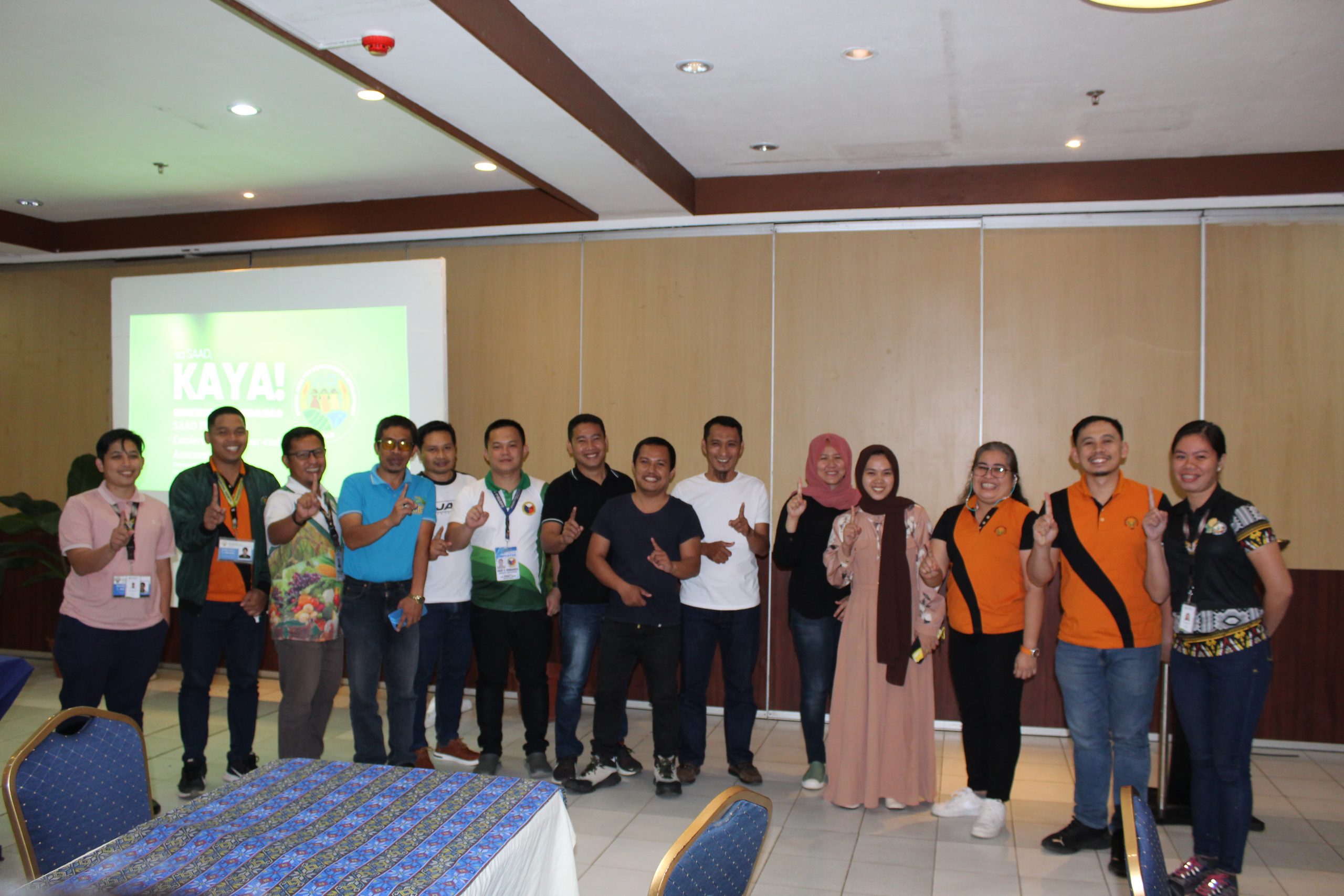
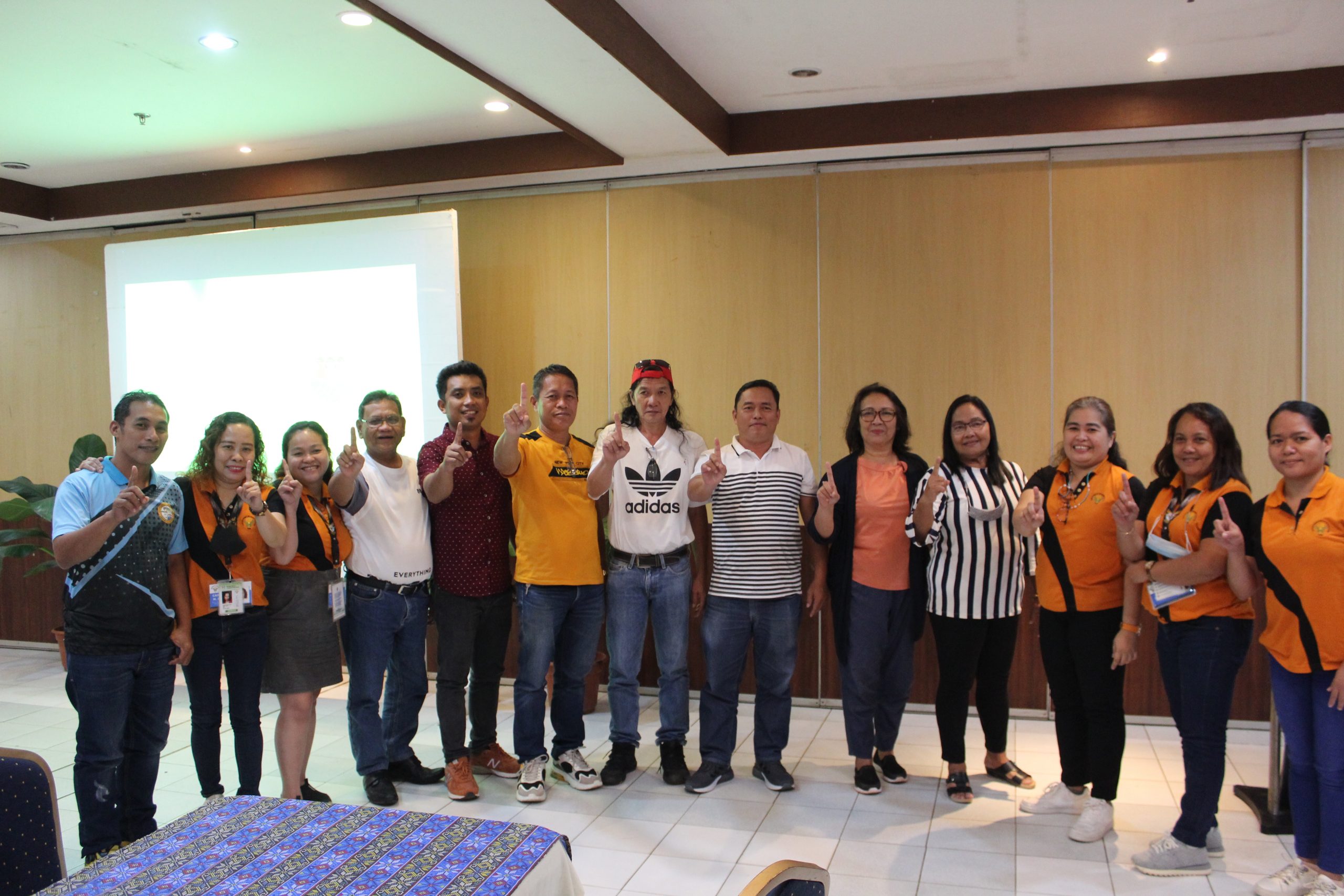
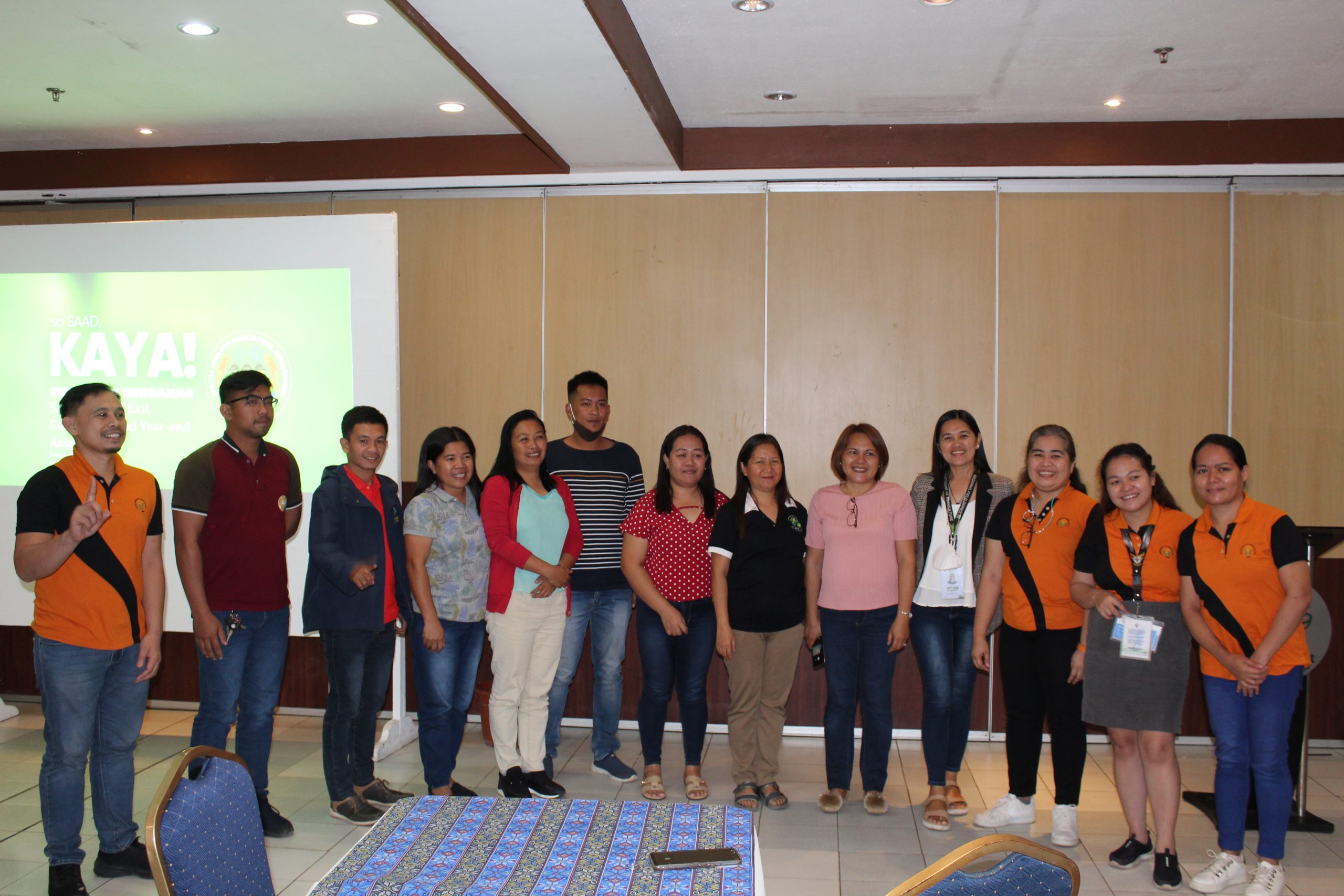
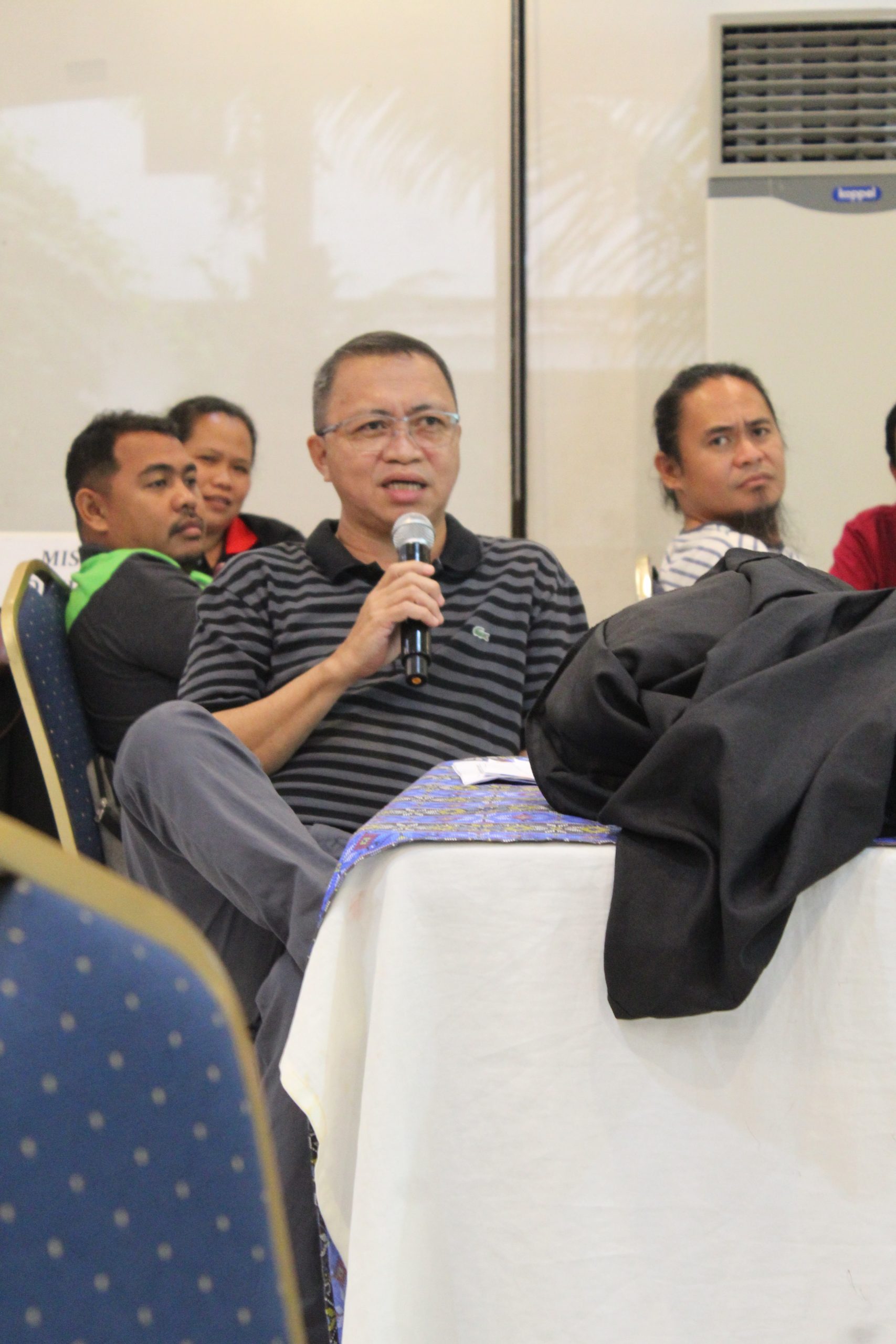
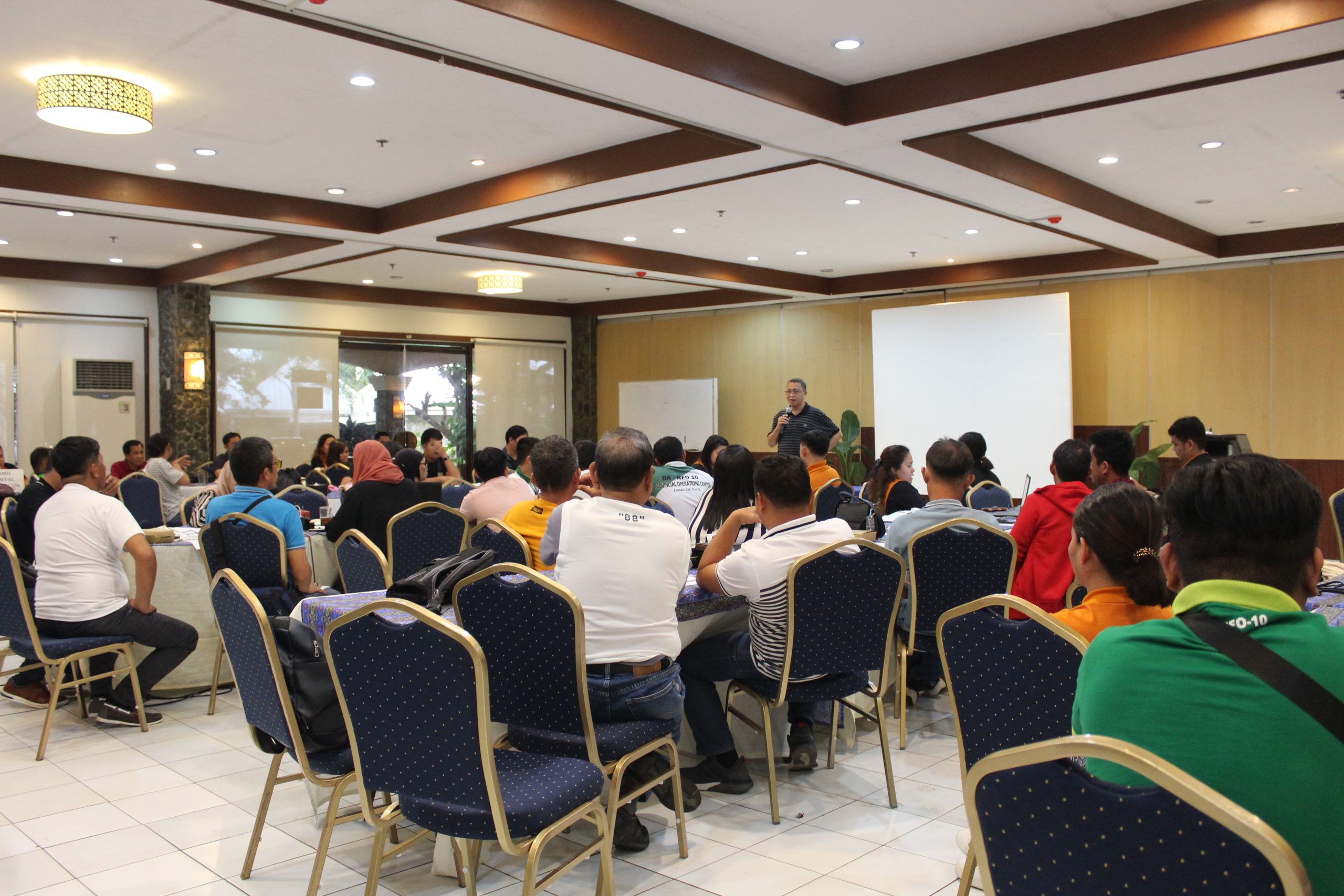
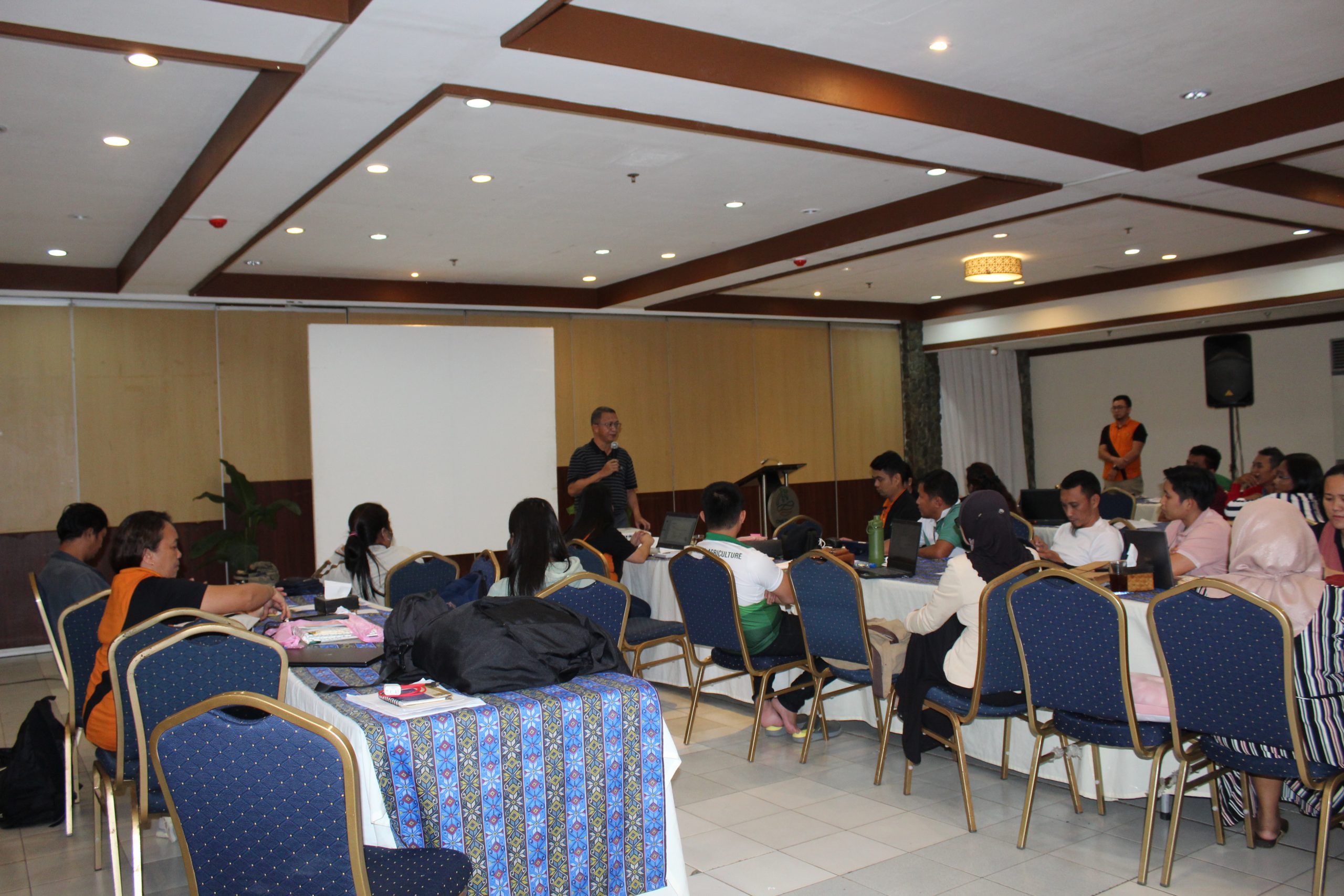
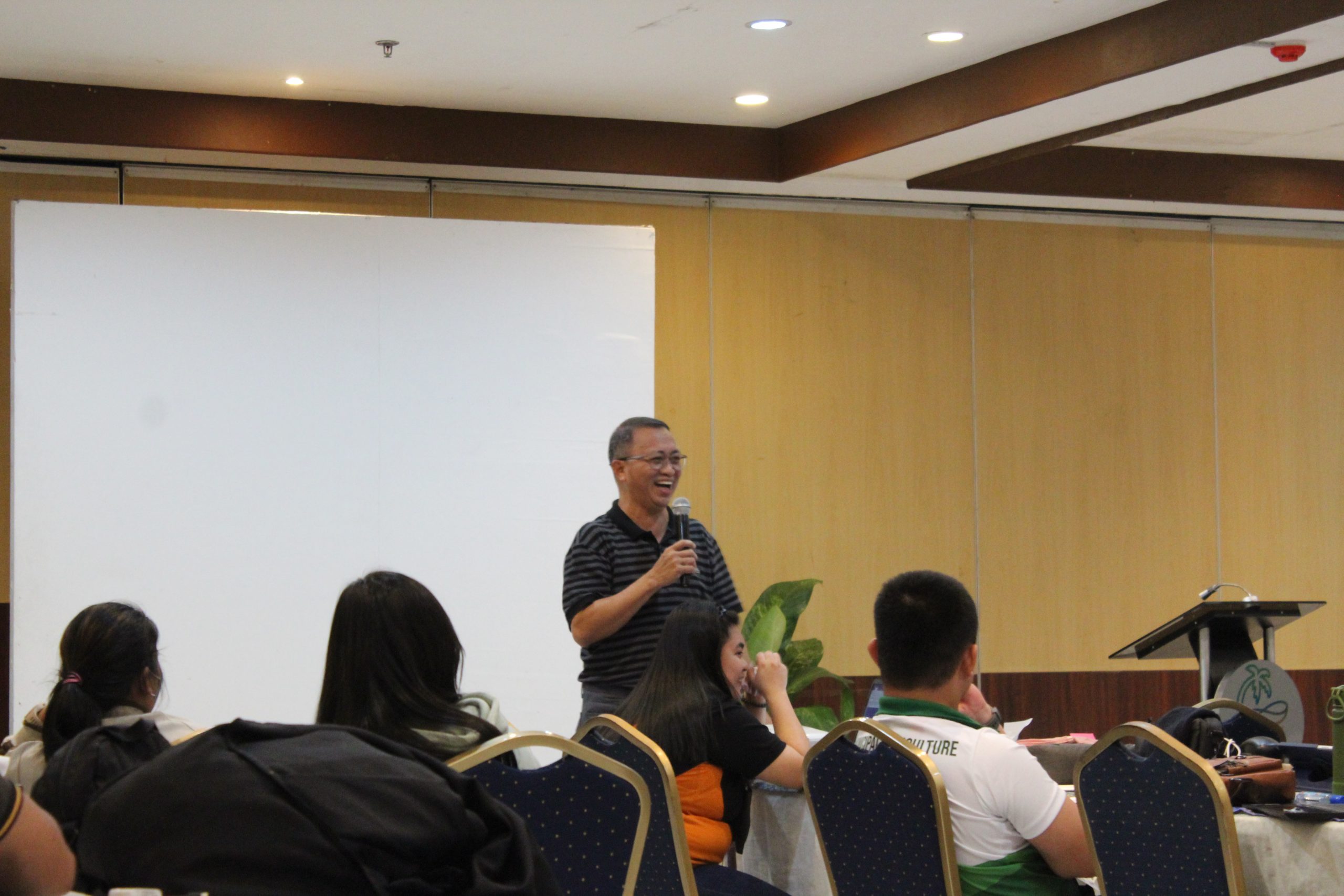
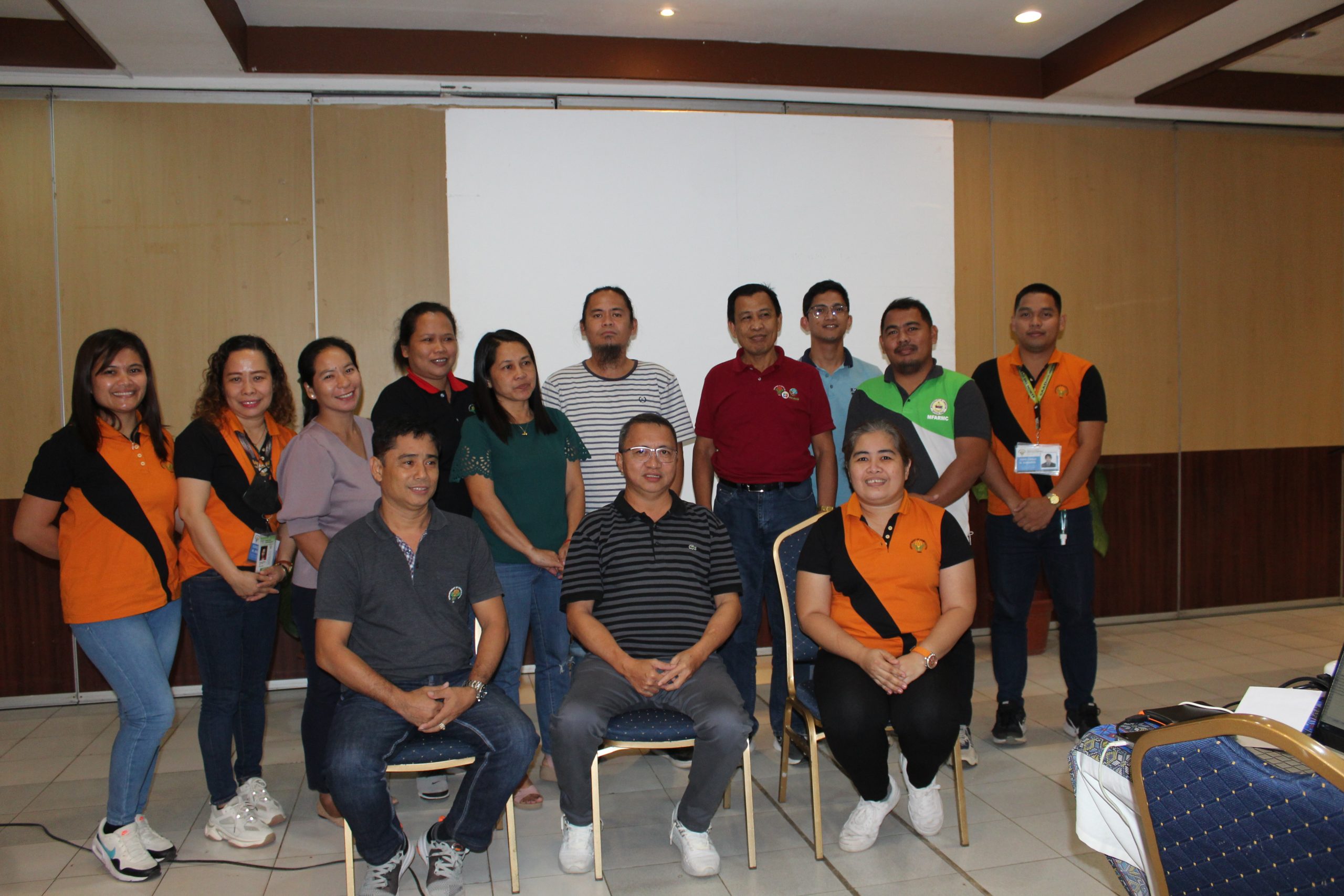
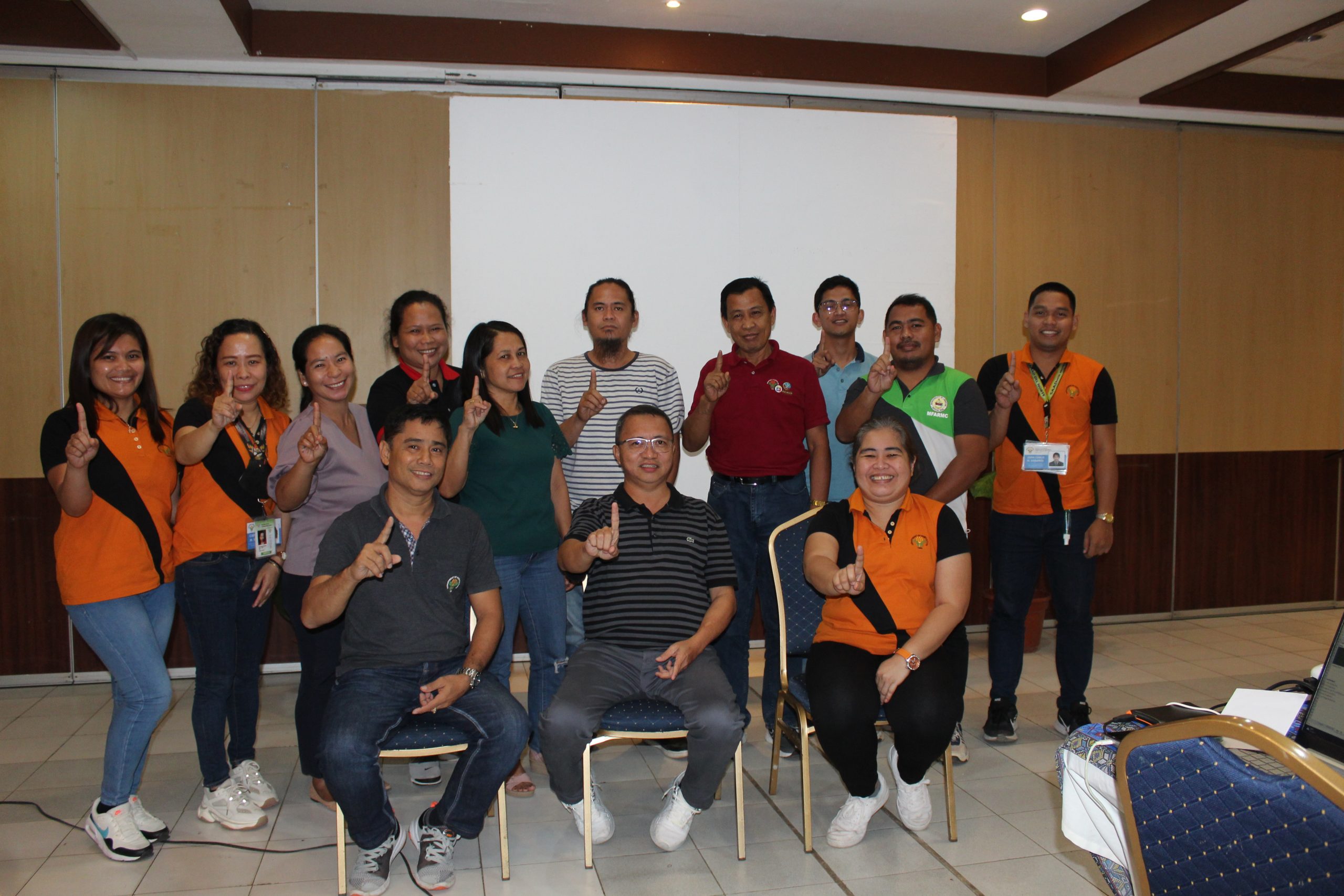
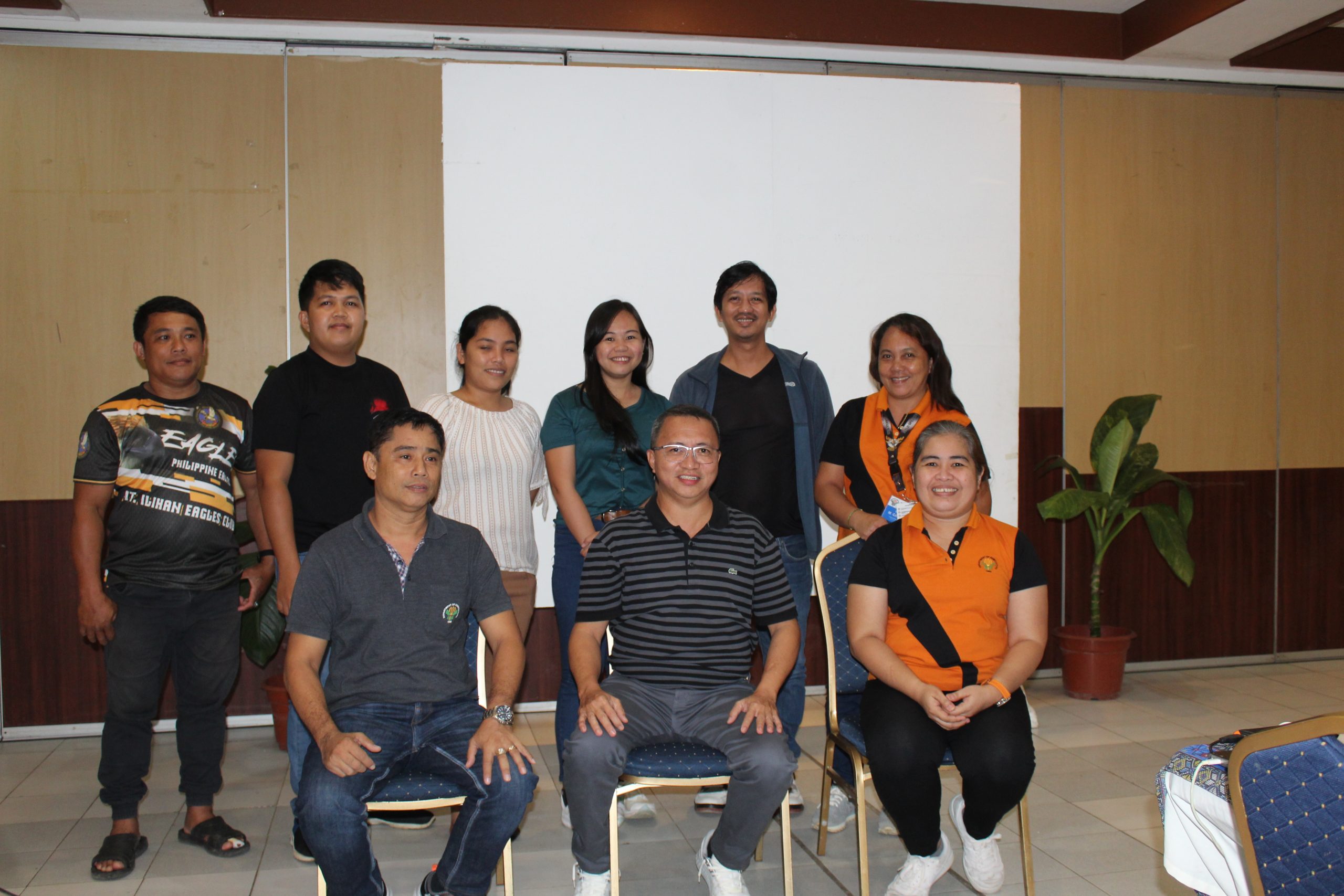
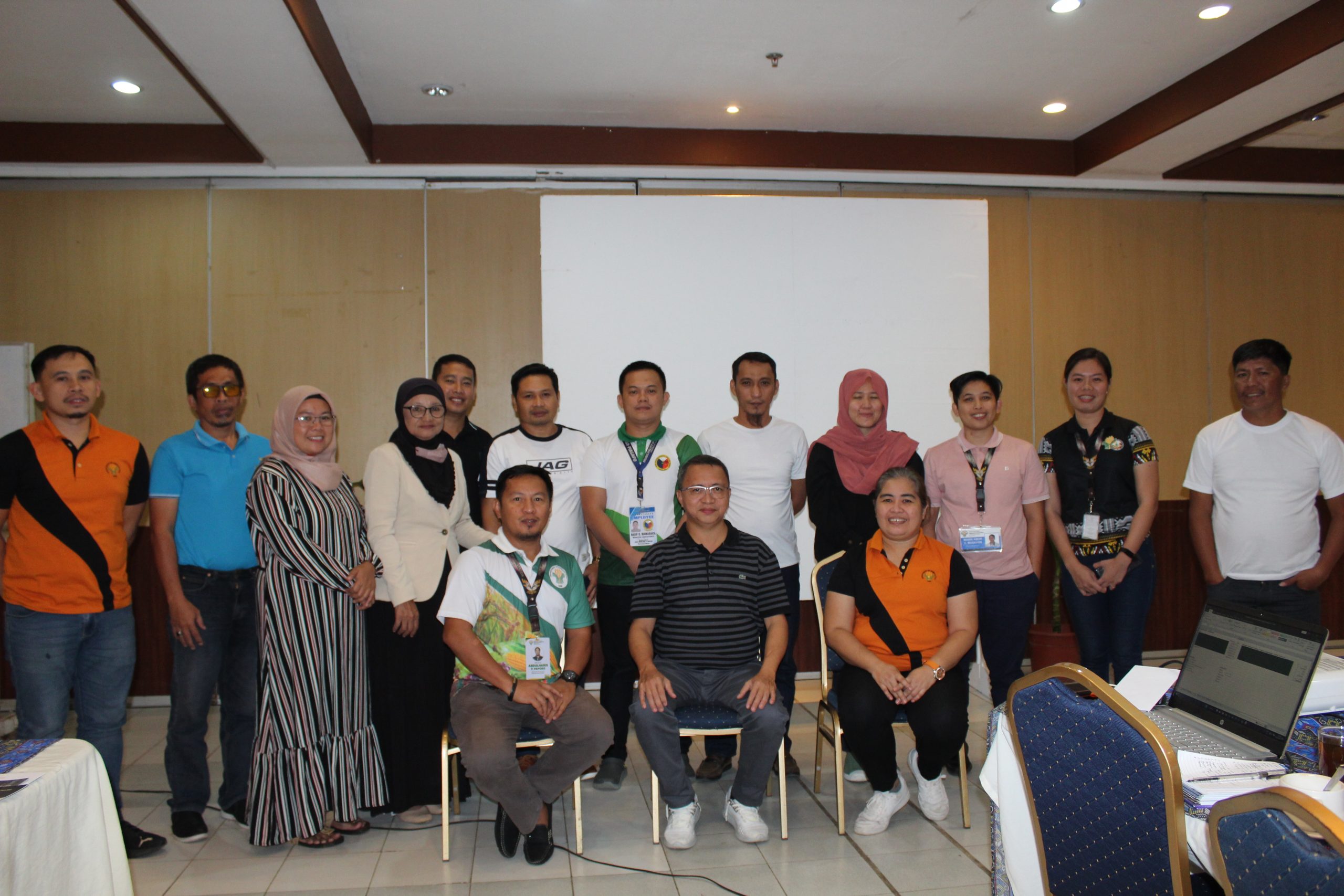
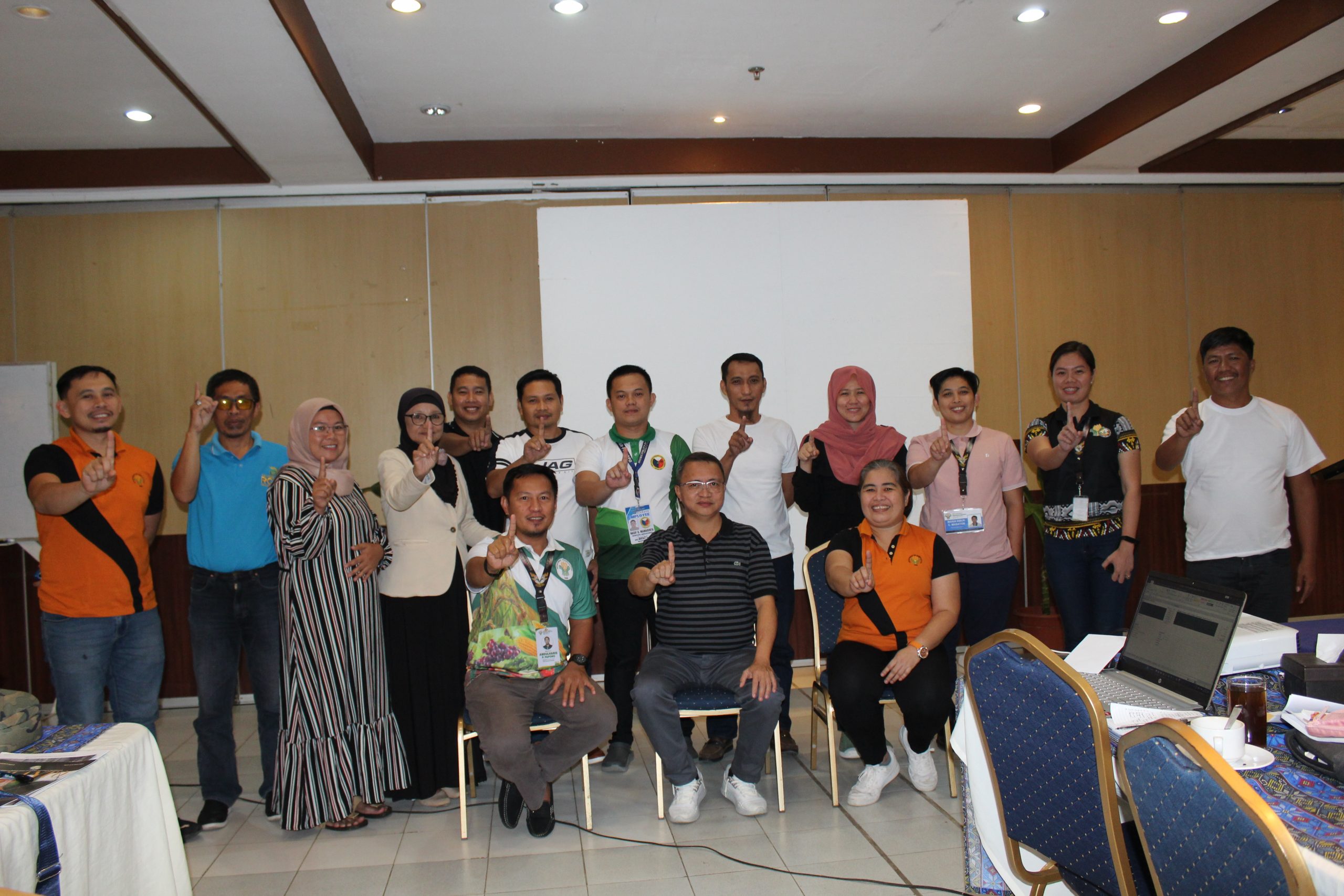
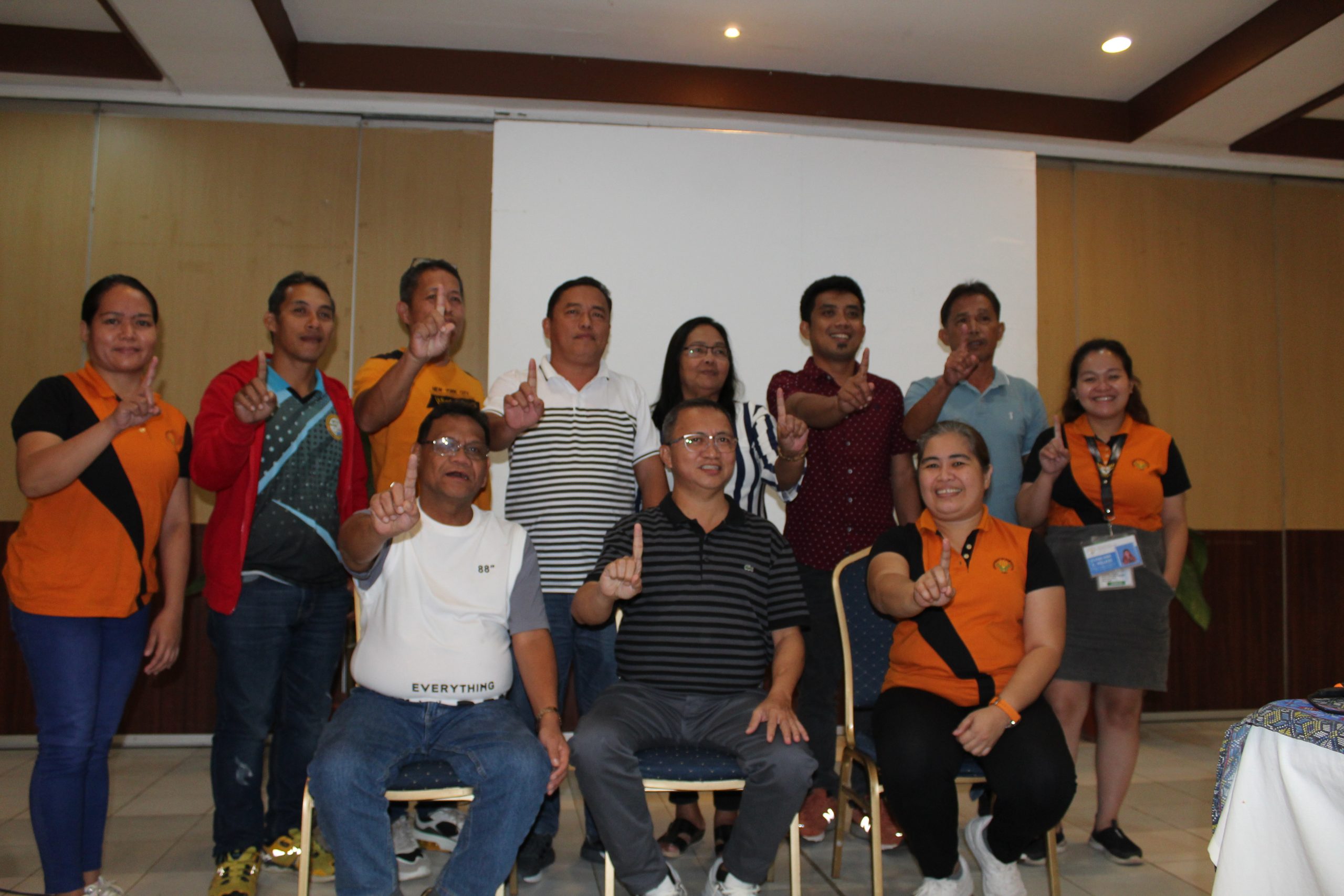
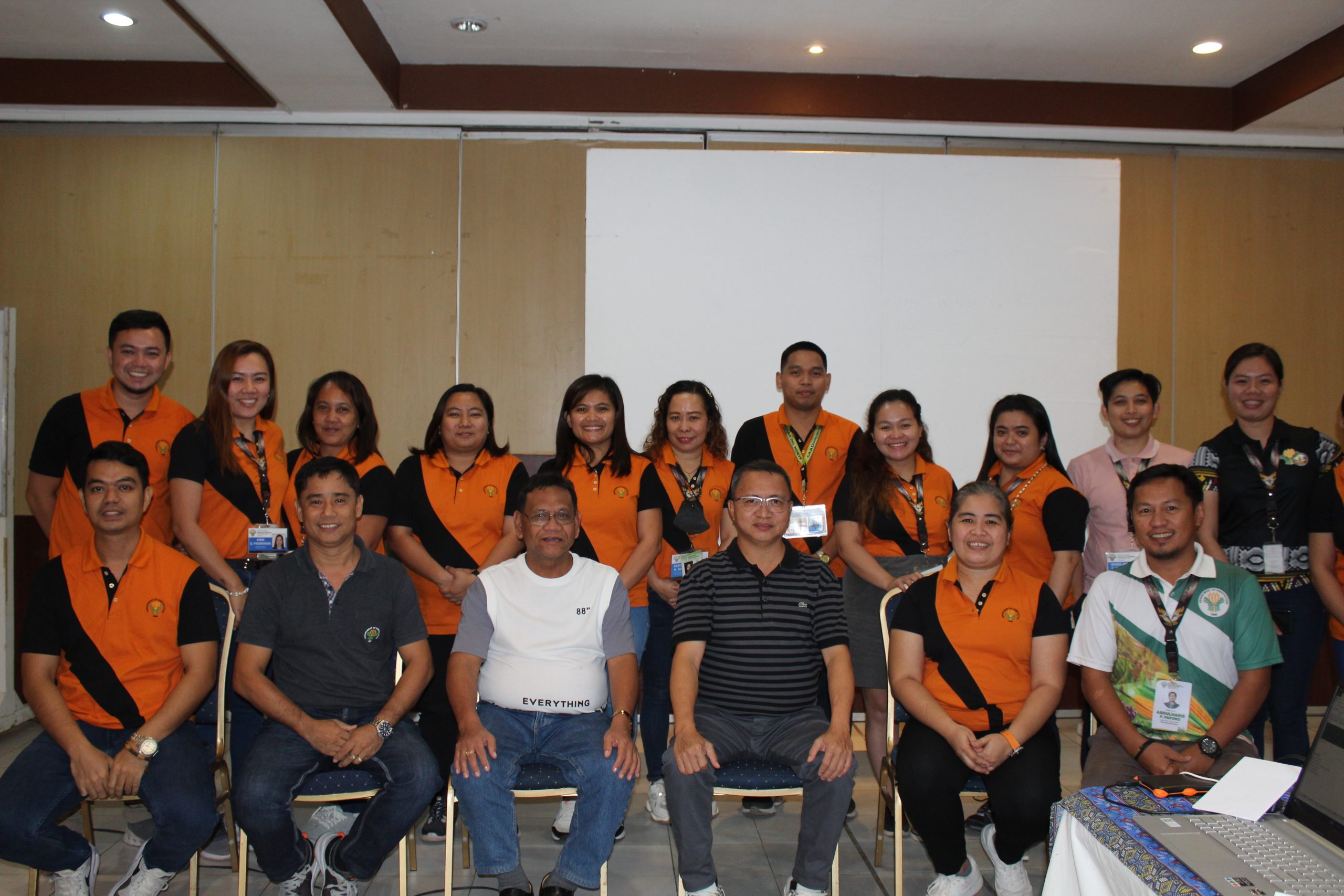
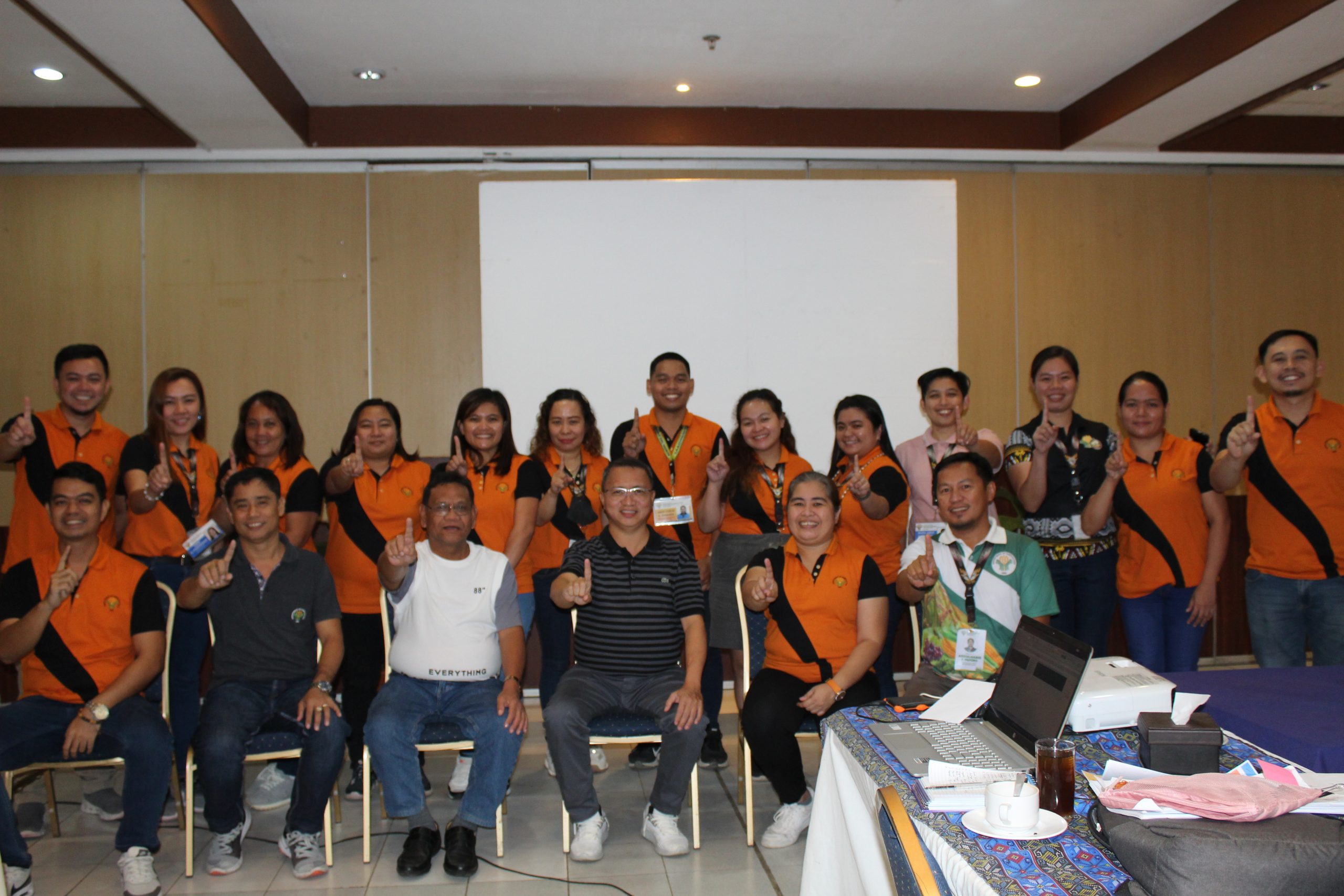
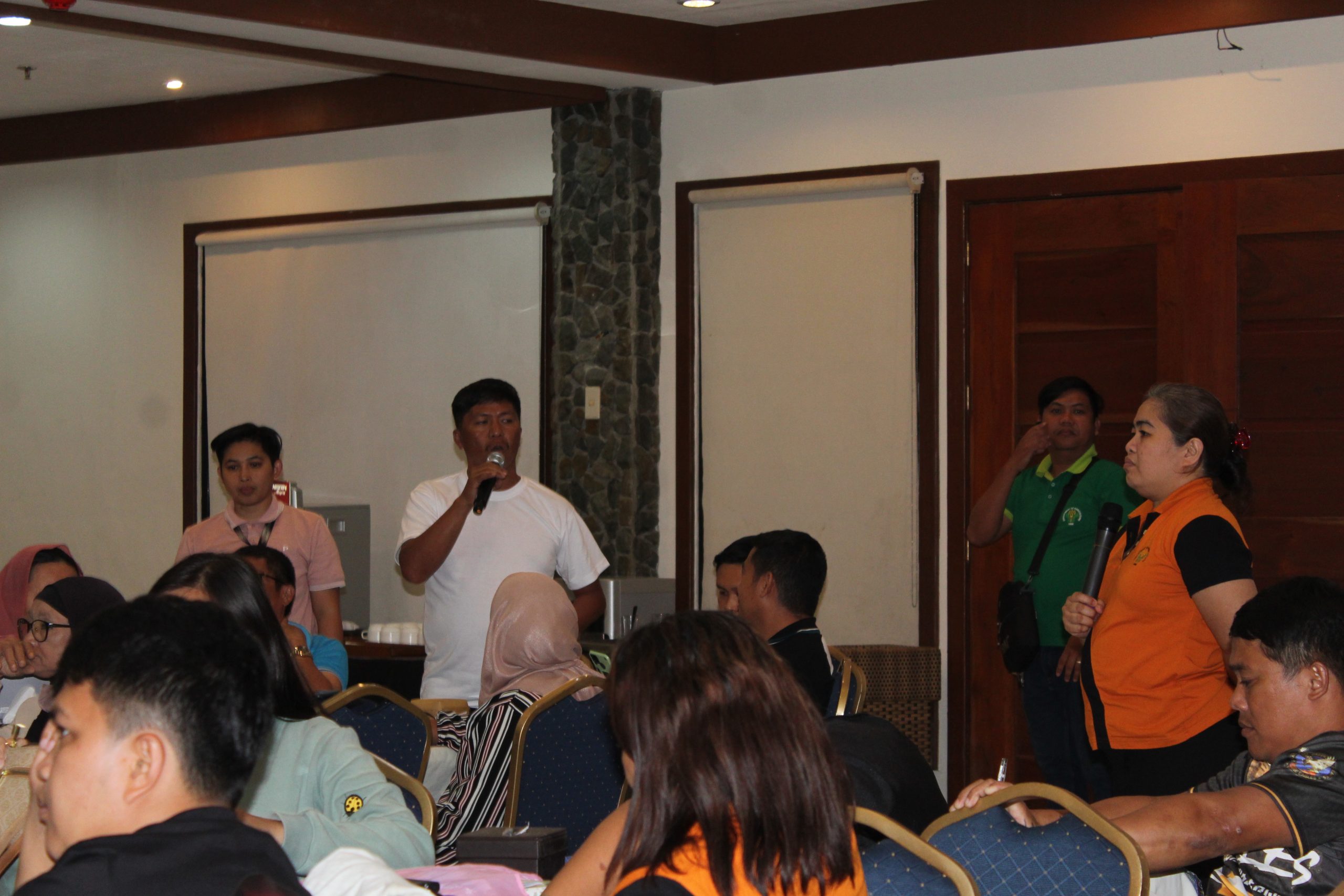
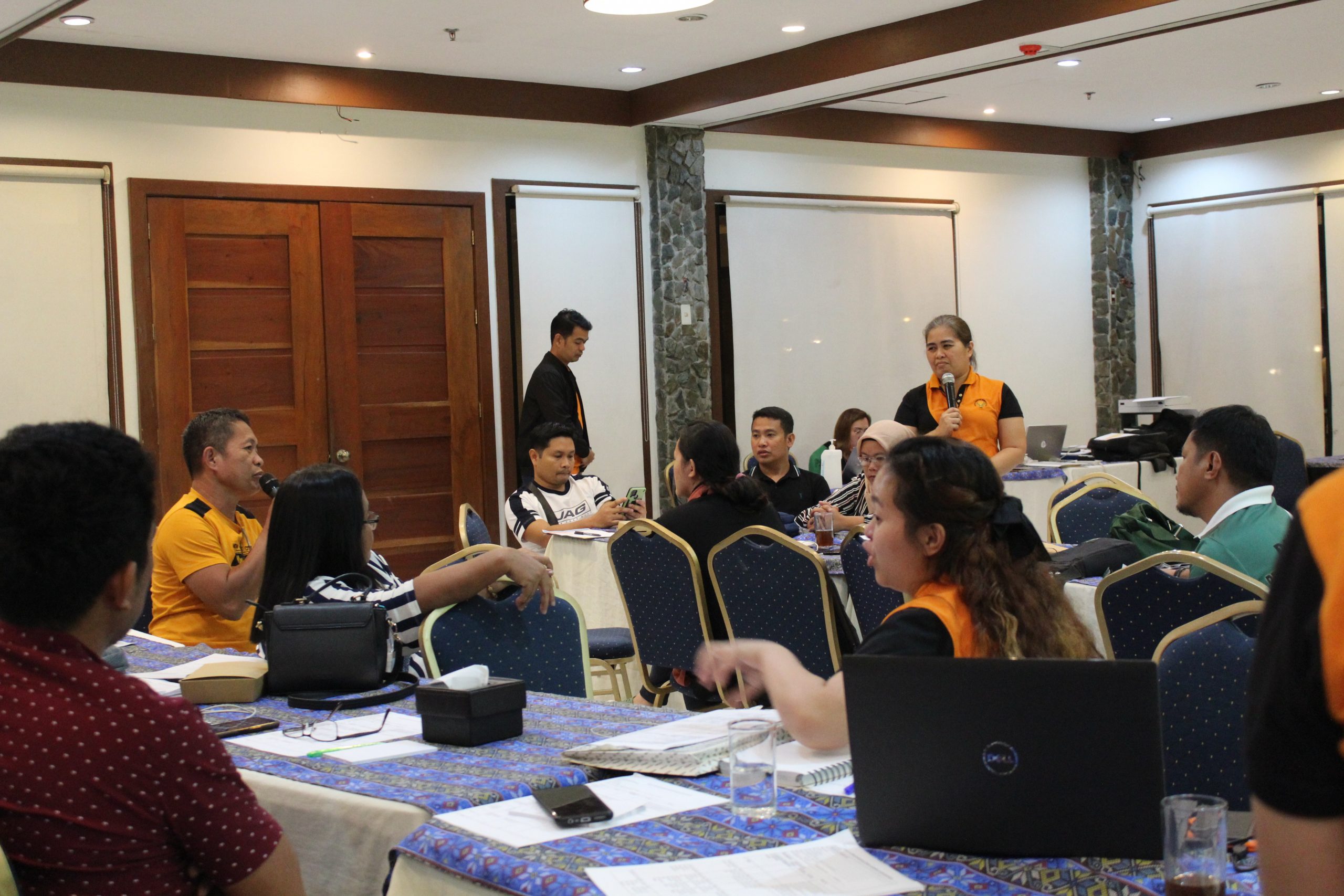
Comments (0)